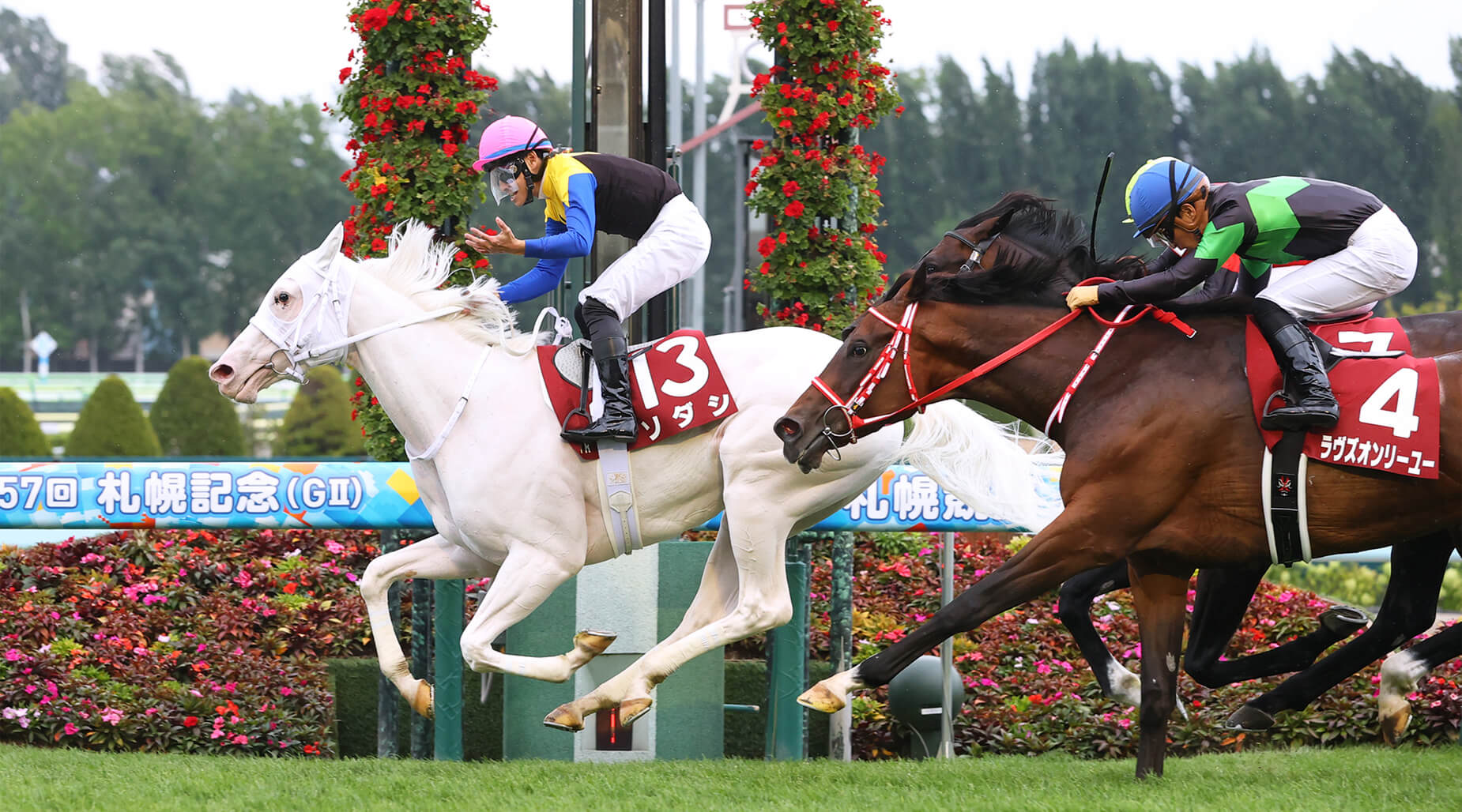Only a Group 2: Sapporo Kinen provides ideal balance for Sodashi and co
Japan’s Group 2 races fulfil their purpose confidently while Australia, Britain and Hong Kong struggle to see past the Group 1 fixation.

Japan’s summer lull will begin the quickening lift towards an autumn peak when Sodashi takes her superstar allure to Sapporo on Sunday for the Sapporo Kinen, a contest that fits beautifully the measure of its being.
The 2000-metre contest attracted five Group 1 winners at the nominations stage, which is not at all out of the ordinary: Sodashi herself won the race last year and 11 other winners this century have also triumphed at Group 1 level including Normcore, Blast Onepiece, Neorealism, Harp Star and Admire Moon.
The importance of the race as a step-up to the autumn features becomes even clearer when you begin to catalogue the defeated: the mighty Maurice as a short-odds favourite in 2016 and last year Loves Only You en route to her heroics at Del Mar and Sha Tin.
Such a roll call might prompt elevation to Group 1 level on other shores but the Sapporo Kinen as it stands is a Group 2 race without need of pretension; it achieves exactly what the Pattern requires of it and the product each year is an enthralling race of genuine quality.








